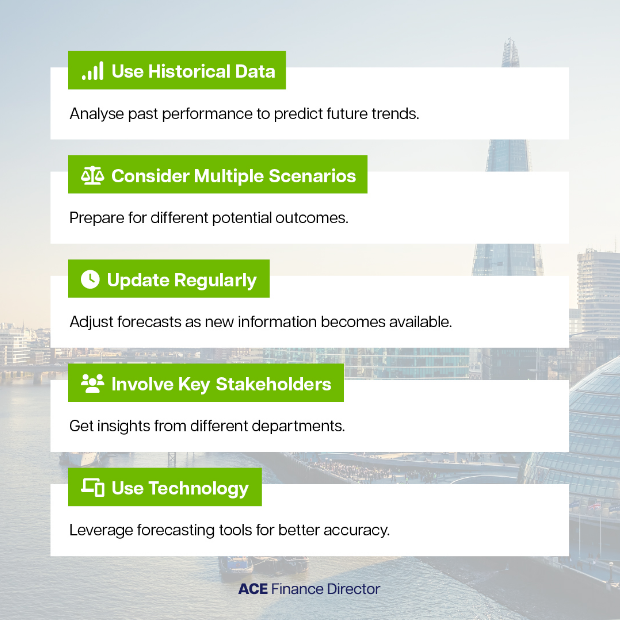Business Strategic planning
Business strategic planning is a critical process for any company looking to compete and thrive in today's rapidly changing business environment.

What is business strategic planning
Business strategic planning is the process of developing a long-term plan to guide a company towards achieving its goals and objectives. It involves analysing the company's current position by performing a SWOT analysis, and using this information to create a strategy that will enable the company to achieve sustainable competitive advantage in the market.
A well-designed business strategic plan typically includes:
1. A clear statement of the company's mission, vision, and values
2. A thorough analysis of the company's current position, including its strengths, weaknesses, opportunities, and threats (SWOT analysis)
3. Identification of the company's strategic goals and objectives
4. Development of a set of strategies to achieve these goals, including specific action plans, timelines, and metrics for measuring success
5. Identification of the resources (financial, human, and technological) needed to implement the strategies and achieve the goals
6. Regular monitoring and review of progress towards the goals, and adjustments to the strategy as needed.
Developing a financial strategic plan typically involves the following steps:
1. Define the goals and objectives: The first step in developing a financial strategic plan is to define the financial goals and objectives of the organisation. This includes identifying the key financial performance indicators (KPIs) that will be used to measure progress towards those goals.
2. Assess the current financial position: Conduct a comprehensive analysis of the organisation's current financial position. This includes analysing financial statements, assessing cash flow, and identifying potential financial risks.
3. Identify opportunities and challenges: identify and evaluate potential opportunities and challenges that could impact its financial performance in the future. This could include changes in the market, regulatory environment, or technological advancements.
4. Develop financial strategies: Based on the organisation's financial goals, objectives, and assessment of the current financial position, develop a set of financial strategies. These should include specific action plans, timelines, and metrics for measuring success.
5. Determine resource requirements: The financial strategies developed in step 4 should be evaluated to determine the resources required to implement them. This includes assessing the financial and human resources needed, as well as any other technology or infrastructure requirements.
6. Implement the plan: Once the financial strategies have been developed and the required resources identified, the plan should be implemented. This includes communicating the plan to all stakeholders, establishing performance metrics, and monitoring progress towards the financial goals and objectives.
7. Regularly review and revise the plan: the financial strategic plan should be reviewed regularly to assess progress towards the financial goals and objectives and to identify any necessary revisions to the plan based on changing circumstances or new opportunities.
Performing a business strategy gap analysis involves the following steps:
1. Define the current business strategy
2. Identify the desired business strategy, which includes defining its future mission, vision, and goals.
3. Conduct a gap analysis comparing the key elements of the two strategies, such as the organisation's strengths, weaknesses, opportunities, threats, and key performance indicators (KPIs).
4. Determine the causes of the gaps including analysing internal and external factors that impact the organisation's ability to achieve its desired strategy.
5. Develop action plans to address the gaps between the current and desired strategies. These action plans should be specific, measurable, achievable, relevant, and time-bound (SMART).
6. Implement the action plans
7. Monitor progress including regular tracking performance against the identified KPIs and making any necessary adjustments to the action plans based on the results of the monitoring process.
Implementing a business strategic plan involves the following steps:
1. Communicate the plan to all stakeholders, including employees, customers, suppliers, investors, and other key partners. This helps ensure that everyone understands the strategic direction of the organization and is aligned towards achieving its goals.
2. Establish performance metrics that will be used to measure progress towards achieving its strategic goals.
3. Assign responsibilities to ensure that the plan is implemented effectively including specific responsibilities for each element of the plan to individuals or teams. This helps ensure accountability and facilitates effective coordination and communication.
4. Allocate resources: Implementing a strategic plan often requires significant resources, including financial, human, and technological resources.
5. Monitor progress towards achieving its strategic goals.
6. Review and revise the plan
7. Celebrate successes: Finally, it is important to celebrate successes along the way. Recognising and rewarding achievements helps to build momentum and maintain motivation towards achieving the organization's strategic goals.









